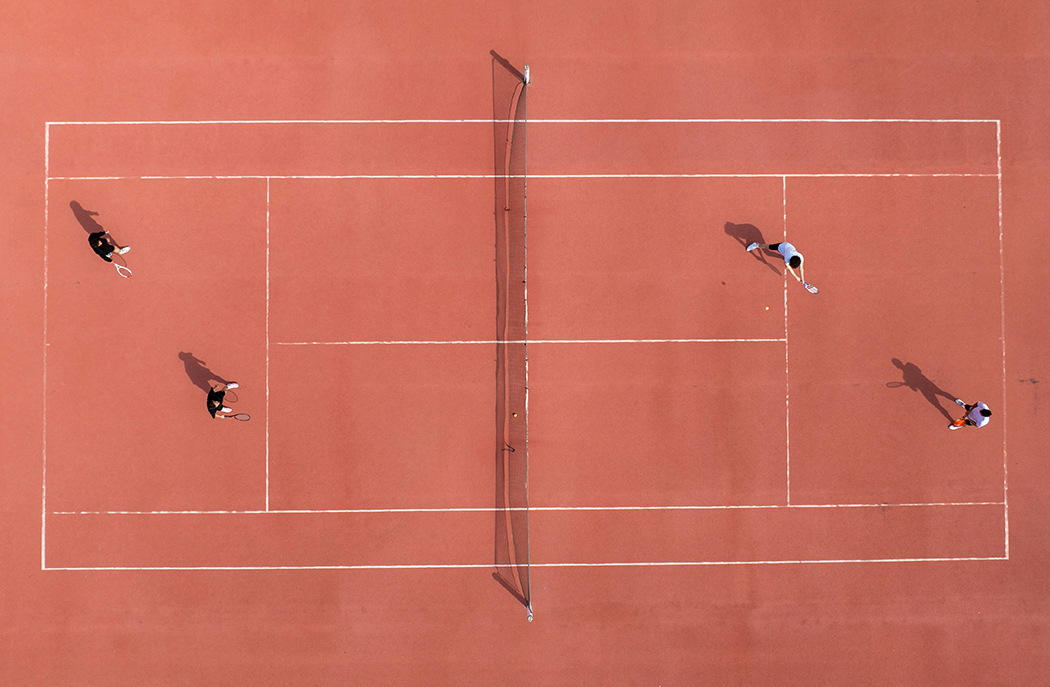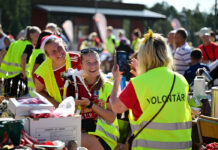Mateusz Sobiech
Maria Curie Skłodowska University, Poland

Communication and Sport
438 pages, hardcover
Oxford, Oxon: Peter Lang Publishing 2024 (Sport, Language, Media)
ISBN 978-3-631-91866-1
The academic book Communication and Sport (2024), authored by Francisco García Marcos and Pablo García Mateo, constitutes an ambitious interdisciplinary attempt to frame communication within the context of sport. Francisco García Marcos, Professor of General Linguistics at the University of Almería (Spain), with teaching experience at institutions such as UNED in Madrid, the University of Kiel, and the University of Granada, brings a strong theoretical foundation in semiotics and non-verbal communication to the project. His co-author, Pablo García Mateo, PhD from the University of Almería and lecturer at the Isabel I University in Burgos, specializes in biosanitary research, which adds an applied dimension to the book, linking linguistics with the physiological and social aspects of sporting activity. The publication spans 436 pages, is available in hardcover nicely designed, and is addressed to communication scholars, sports sociologists, and linguists interested in semiotics. It is the second volume in the series (marked as “2”), suggesting continuity with the authors’ previous work, including their joint publication Semiótica deportiva (2020), where sport is conceptualized as a multi-level system of signs and meanings.
In an era when sport has become a global media phenomenon, from live broadcasts to social media memes, this book fills a gap in the literature by analyzing sports communication not merely as verbal transmission but as a complex semiotic process. The authors propose that sport, as a “grand process of multiple meaning transmissions,” has integrated with mass communication since the second half of the 20th century, shaping the social imaginary. The aim of this review is to assess the structure, theoretical contribution, and potential limitations of the work, based on an analysis of its methodological assumptions and applied examples.
The structure is logical and progressive: from theoretical foundations (definitions of sports semiotics) to case studies, ending with research proposals.
Content Summary and Structure
The book is divided into chapters that follow the standard taxonomy of semiotics, allowing a systematic transition from theory to practice. Drawing from the semiological tradition of Ferdinand de Saussure and Roland Barthes, the authors treat sport as a field of semiosis which is a system of signs in which meanings are generated at the intersection of body, space, media, and culture. Key sections include:
- Nonverbal Communication in Sport: Particular emphasis is placed on proxemics (interpersonal space) and kinesics (body movement). For example, the authors analyze how spatial dislocations in football (e.g., defensive formations) function as tactical signs, evolving in real time. Sports proxemics is categorized into zones (intimate, personal, social), with examples from American football or tennis, where static dislocation (e.g., pre-play positioning) transitions into dynamic interaction during play. This approach supports the hypothesis of sport as a “communicative act,” where spatial interactions carry cultural meanings, such as in the context of national identity (anthems, flags).
- Media and Mass Communication Aspects: Chapters on media communication examine how sport becomes a vehicle for mass narratives. The authors discuss television broadcasts, where verbal commentary is reinforced by visual signs (e.g., replays, graphics). Examples from sports like basketball, handball, hockey, and rugby illustrate how colors, symbols, and sounds (e.g., stadium music) construct emotional engagement for the viewer. Integration with social media highlights contemporary challenges, such as the viral spread of sports content.
- Social and Cultural Implications: The book explores how sport communicates social values – from inclusion to discrimination (e.g., racism in fan chants). The authors propose a theoretical-methodological model, based on semiotics, to analyze interactions among players, coaches, and audiences, incorporating biosanitary aspects (e.g., the influence of stress on kinetic communication).
The structure is logical and progressive: from theoretical foundations (definitions of sports semiotics) to case studies, ending with research proposals. The bibliography is extensive, covering linguistic classics (e.g., Edward T. Hall’s work on proxemics) and contemporary sports studies, enhancing the book’s academic credibility.

Strengths and Contribution to the Discipline
The main strength of Communication and Sport is its interdisciplinarity. The authors successfully merge linguistics, sociology, and media studies, offering a fresh perspective on sport as a “language of the body” in the digital age. For instance, the analysis of proxemics in the context of the COVID-19 pandemic could be further expanded to contemporary distancing protocols in sports, making the book relevant to post-pandemic research. Its theoretical contribution lies in confirming the hypothesis of sport as a multi-level semiotic system, supported by empirical examples across different disciplines, allowing applications in sports education and journalism.
The book stands out methodologically: the authors go beyond description to propose analytical tools, such as a taxonomy of sports signs (verbal, visual, sonorous). This makes it valuable for students and researchers, encouraging empirical fieldwork (e.g., observing matches as communicative acts). Compared to the authors’ earlier work Semiótica deportiva, this publication broadens the scope to include media aspects, adapting to the globalization of sport.
Limitations
Despite its strengths, the book has some limitations. Firstly, it lacks a deeper analysis of empirical data. The examples are descriptive, but there is an absence of numerous quantitative studies (e.g., statistics on spatial interactions in matches). This limits its standing compared to more empirical works, such as those in sports discourse analysis (e.g., the studies of David Rowe). Secondly, the focus on team sports (football, basketball) marginalizes individual or women’s sports, which may be perceived as Eurocentric (with examples mainly from Spain and Europe). The absence of versions in languages other than English may also restrict accessibility for a broader audience, especially in developing countries. Nonetheless, the theoretical depth indicates potential for citation in applied semiotics.
Conclusion
”Communication and Sport” is a solid, innovative publication that enriches academic discourse on communication by treating sport as a dynamic system of signs. The authors, through their combined expertise, build a bridge between theory and practice, making the book essential for specialists in sports media and linguistics. It encourages further research such as the integration of AI in the analysis of sports kinesics and confirms that sport is not just a game, but a universal language of society.
Copyright © Mateusz Sobiech 2025






